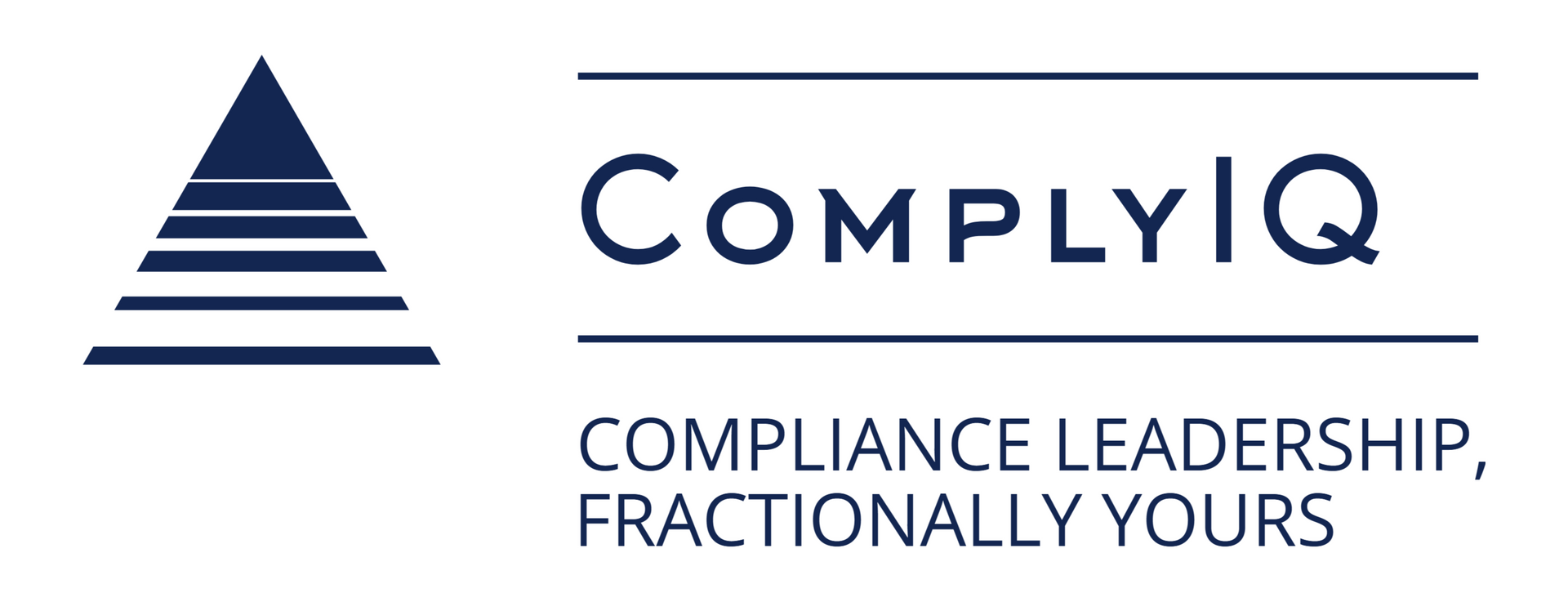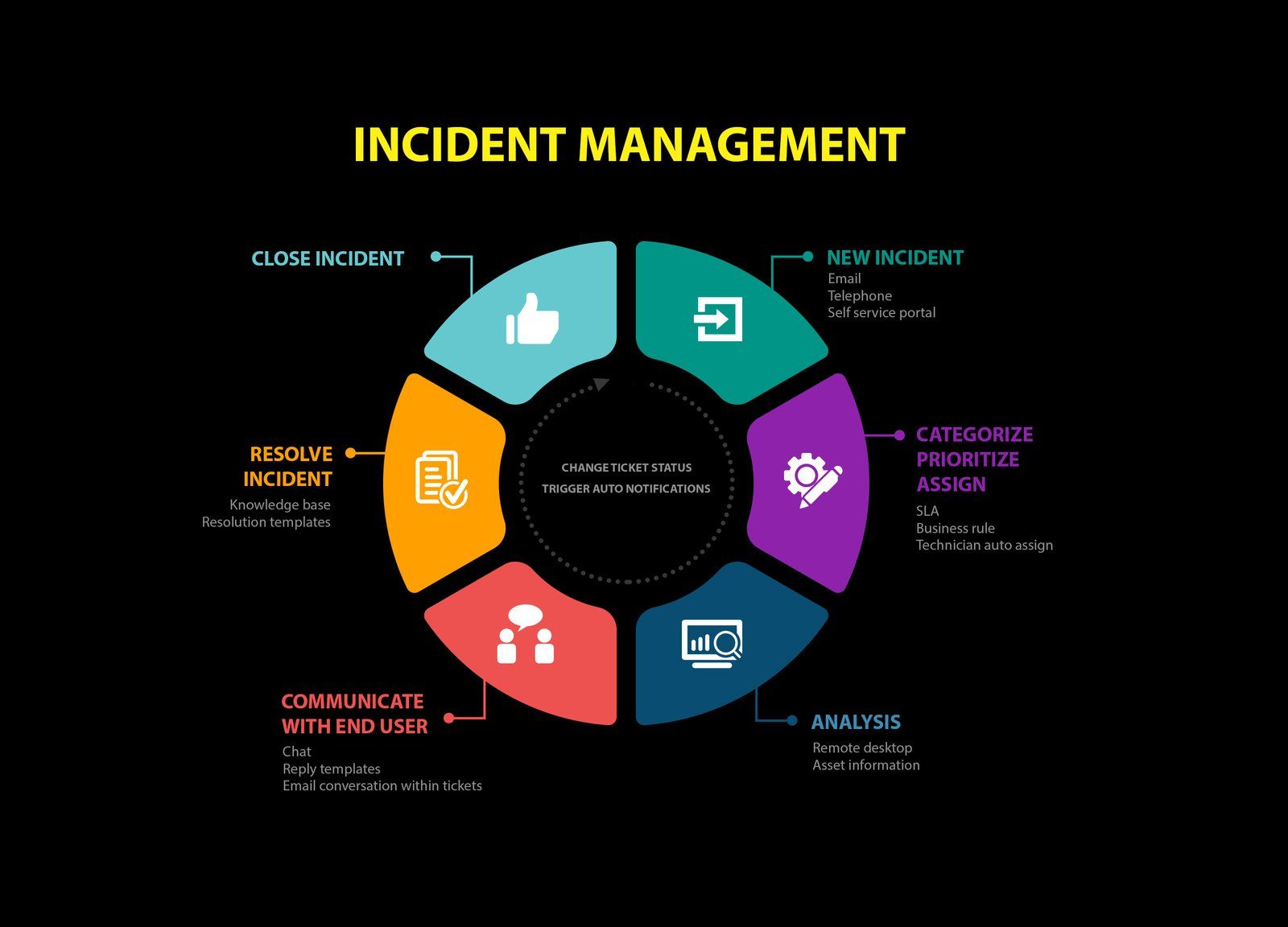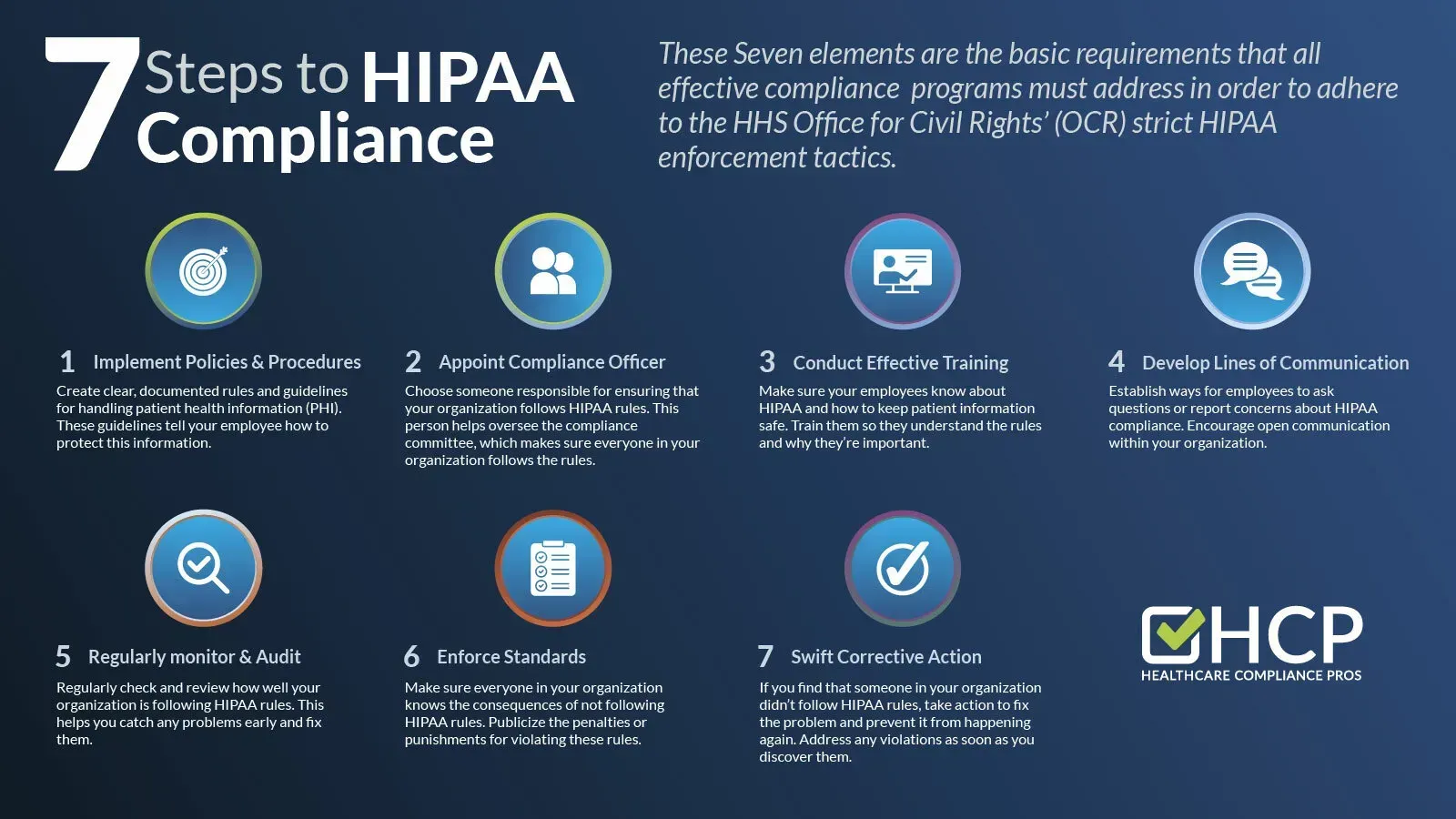The Importance of PCI DSS Compliance
The Importance of PCI DSS Compliance explained: learn the real financial risks, merchant levels, and how fractional CCO support prevents costly breaches.

Data breaches destroy businesses.
Payment card incidents cost companies $4.45 million on average. For fintechs processing thousands of daily transactions, one breach ends everything.
PCI DSS isn't just another compliance headache—it's a shield to protect businesses.
Understanding PCI DSS Requirements
Core Requirements Breakdown
Think of your payment system as a bank vault. PCI DSS requirements create multiple security layers around your customer data.
Network security blocks hackers with industrial-grade firewalls. Access controls mean only your authorized team touches payment data—nobody else gets in.
Vulnerability management catches threats through continuous testing. Data protection encrypts everything, making stolen information worthless to criminals.
Companies treating these as daily operations survive. Those checking boxes annually may not.
Your Compliance Level Matters
Process over six million Visa transactions yearly? You're Level 1 and face full audits costing $50,000+. Smaller merchants use self-assessment questionnaires instead. Major cost difference.
E-commerce platforms storing cardholder data face stricter rules than companies processing payments without storage. This distinction can save you hundreds of thousands. It is important to prevents costly compliance level mistakes. We've seen engineering teams waste months on wrong requirements.
The Real Cost of Getting This Wrong
Monthly PCI fines start at $5,000. They climb to $100,000. They never stop until you're compliant.
Fines aren't your biggest threat.
Card brands like Visa terminate processing privileges overnight. No processing equals no revenue. Game over.
Industry data shows payment breaches cost 3.5x more than other incidents. Add $500,000 forensic investigations and you're facing company extinction.
Sixty percent of breached companies close within six months.
Building Your Compliance Program
Start with Assessment
Map every system touching cardholder data. Identify vulnerabilities before attackers do.
Most fintechs discover 2-3 forgotten systems storing payment data. These hidden touchpoints create massive liability.
Implementation That Works
Network segmentation cuts compliance scope dramatically. Isolate payment processing from other systems.
Train your developers on secure coding practices. Human errors cause more breaches than sophisticated hacks.
Employee access controls matter. Limit payment data access to essential personnel only.
Ongoing Monitoring
Quarterly vulnerability scans catch new threats. Annual penetration testing validates security under real attack conditions.
System changes without security review create instant compliance gaps. Maintain controls during product updates and feature releases.
Common Questions
How often do I need validation? Annually for most merchants, quarterly scans for larger processors.
What's PCI certification? It doesn't exist. Companies achieve compliance status, not certification. Vendors claiming otherwise are lying.
Do small businesses need this? Yes. PCI requirements apply to any business accepting cards.
Can cloud services help? Cloud simplifies compliance but doesn't eliminate obligations. You must validate provider security.
What happens during audits? Qualified assessors review documentation, interview staff, test controls. Expect weeks of intensive review.
Conclusion
PCI compliance protects your business survival and creates competitive advantage.
Smart fintechs use security leadership to win customer trust and accelerate product launches.










